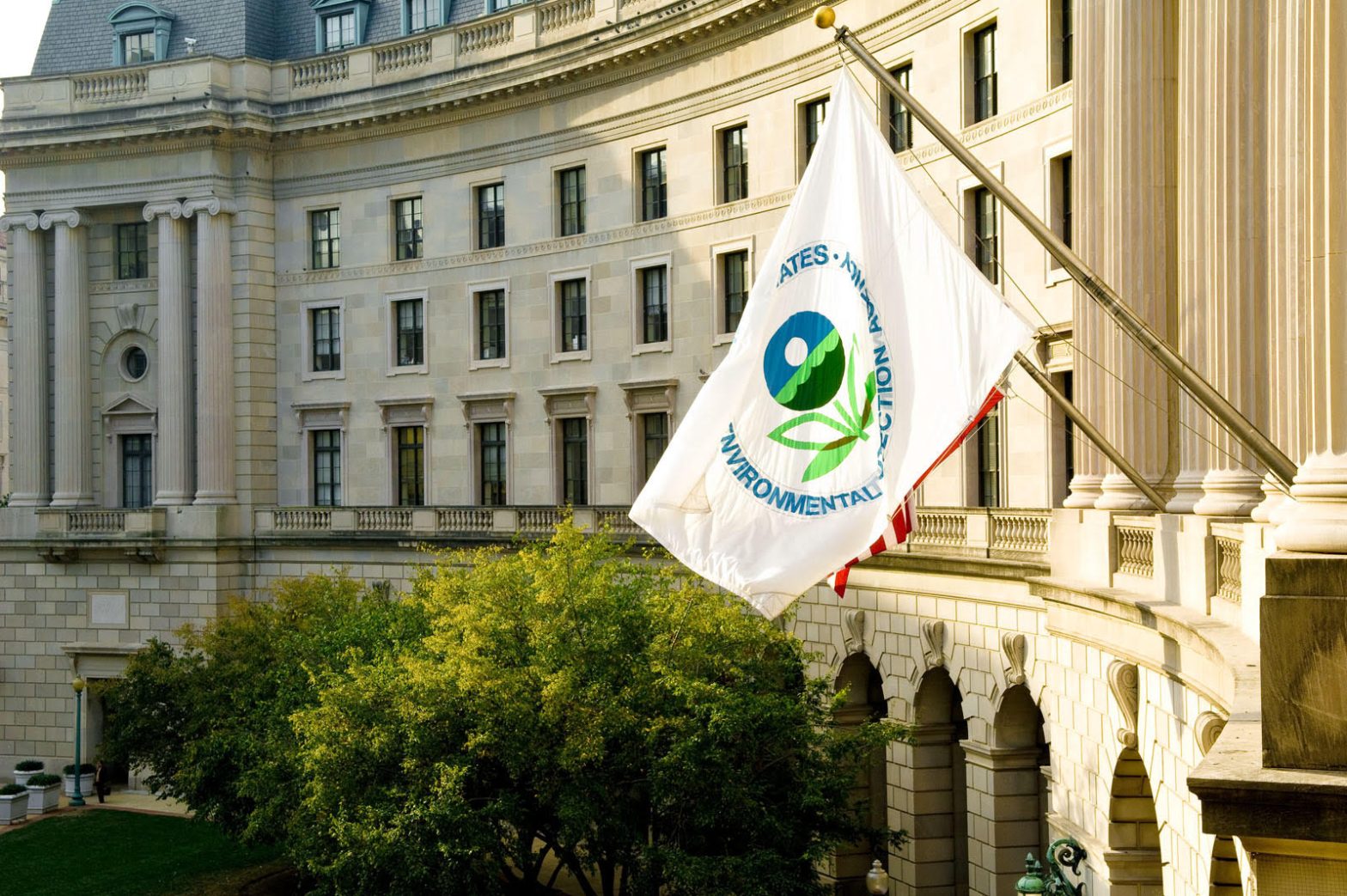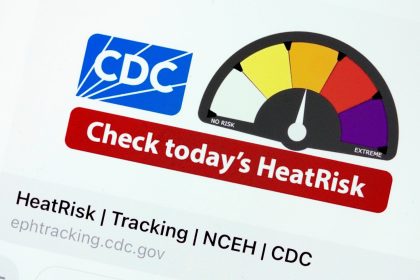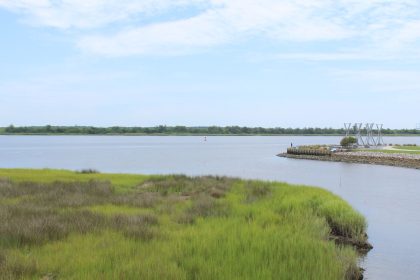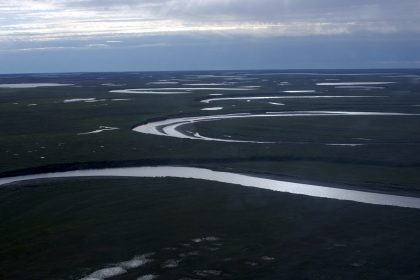EPA Accelerates Efforts to Clean Up PFAS Pollution

This week, the Environmental Protection Agency released a new roadmap to accelerate efforts to protect Americans from per- and polyfluoroalkyl substances, a class of toxic chemicals found in food packaging and other common commercial products that can cause severe health problems.
“We are exploring ways for large groups of chemicals that have similar characteristics or properties to be grouped together and addressed at once,” said a spokesperson from the EPA, in an email to The Well News.
The roadmap from the EPA lays out a timeline from 2021-2024 for steps the agency will take to control PFAS at its sources, hold polluters accountable, ensure science-based decision making and address the impact on disadvantaged communities.
Key action items in the roadmap include establishing a primary drinking water standard, a national PFAS testing strategy and listing PFAS chemicals under the Comprehensive Environmental Response, Compensation, and Liability Act, which provides a federal Superfund to clean up uncontrolled or abandoned hazardous-waste sites.
PFAS have already contaminated more than 2,300 sites across 49 states, including drinking water of an estimated 200 million Americans, according to research published by the American Chemical Society.
Prolonged exposure of PFAS in humans is associated with health outcomes like kidney cancer, testicular cancer, elevated cholesterol, liver disease, decreased fertility, thyroid problems, changes in hormone functioning, changes in the immune system and adverse developmental effects.
However, the National Resources Defense Council says that while the roadmap is a step forward to reducing PFAS exposure in humans, animals, and the environment, the plan is not rigorous enough to tackle the ongoing PFAS crisis.
“The scientific community has been talking about the need to regulate PFAS as a full class for quite some time,” said Anna Reade, staff scientist at the National Resources Defense Council, during a phone call with The Well News.
“Some states have started to ban the entire class in different uses and different product categories, such as food packaging, carpets and rugs, apparel, and firefighting foam. The EU is looking at assessing all PFAS uses and phasing out things that are not essential. We are not seeing that with this roadmap,” she said.
Reade said that although PFAS are a class of thousands of extremely persistent chemicals used in numerous consumer and industrial applications, the U.S. regulatory system has primarily focused on managing the risk based on one chemical out of thousands.
“What we hear from most industry leaders is that not all PFAS are the same and they can’t be treated the same, but the underlying issue is they are extremely persistent. That in itself has made scientists come together,” Reade said.
According to Reade, many industry leaders have falsely asserted that they are able to produce products by separating out the safe types of PFAS from the class, and that things like PFAS polymers, a type of plastic used in products such as waterproofing agents, nonstick pans or smartwatch bands are safe because their large size prevents them from entering the human body.
However, science has shown that PFAS contamination results from production, use, disposal and environmental breakdown of all subclasses.
Reade believes that the EPA and other regulatory agencies should establish limits for the class rather than regulating it chemical by chemical to facilitate lower exposures and better protections and focus on limiting PFAS to those uses only considered essential for health or safety or critical for the functioning of society where no safer alternatives are available or economically feasible.
Phasing out products that are not essential has already been done by certain retailers like IKEA, who phased out all PFAS in textile products in 2016, and Home Depot and Lowe’s stopped selling carpets and rugs with PFAS as of 2020.
The state of Maine and the European Union are also currently in the process of eliminating all uses of PFAS.
When it comes to amelioration efforts of PFAS already in the environment, the roadmap sets a plan for the Department of Defense to continue operations of PFAS cleanup assessments at nearly 700 sites where PFAS was used or may have been released, and the details of that report are scheduled to be released by the end of 2023.
“Many PFAS have unique properties that prevent their complete breakdown in the environment, which means that even removing PFAS from contaminated areas can create PFAS-contaminated waste,” the EPA spokesperson said.
They went on to say the EPA is updating their destruction and disposal guidance issued in response to the 2020 National Defense Authorization Act. They also said they are working with partners to discover new technologies and approaches that have the potential to remove at least 99% of PFAS in unused aqueous film-forming foam without creating harmful byproducts.
When it comes to understanding and tracking PFAS exposure in humans and the health outcomes associated with exposure, the roadmap sets up efforts to focus on disadvantaged communities and to direct the Department of Health and Human Services to develop guidance for clinicians on PFAS testing and how to advise patients on exposure reduction.
One report from the Centers for Disease Control and Prevention’s National Health and Nutrition Examination Survey found that 97% of people living in the US already have measurable levels of PFAS in their blood.
Alexa can be reached at [email protected].


























